
Suzuki Vitara engines, drive and performance
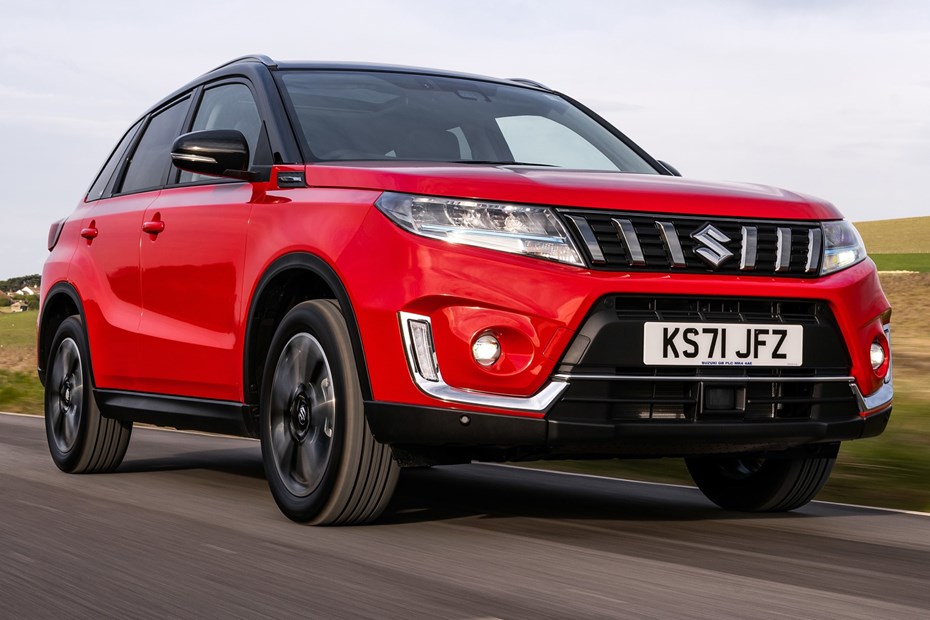
- Two choices – mild or self-charging hybrid
- The former unit is quicker than the latter
- Vitara is lightweight and fun to drive
Petrol engines
There’s a 1.4-litre turbocharged petrol engine on offer here, badged as ‘Boosterjet’. It has a degree of mild hybrid assistance making it more efficient and responsive, but don’t expect to be driving this on electric power alone – you’ll need the self-charging hybrid variant for that, detailed below.
It produces 129hp and 235Nm of torque, which gives the Vitara plenty of performance thanks to light weight. The six-speed manual gearbox is slick and easy to use, and the whole package is efficient and even reasonably refined.

Since the introduction of the self-charging hybrid this Boosterjet Vitara is available only with a manual gearbox, but it can be had with Allgrip four-wheel drive.
Hybrid engines
Suzuki’s brand partnership with Toyota might lead you to expect that the Vitara hybrid uses a version of Toyota’s 1.8-litre hybrid powertrain. It doesn’t. Instead, it uses a Suzuki-developed system, pairing a 1.5-litre naturally-aspirated petrol engine with a relatively low-power electrical system and an automated manual gearbox.
The result isn’t very impressive. The electric motor has just 33hp, so it’s not particularly keen to power the car for long periods as with rival systems. The system as a whole has a fairly puny output of just 115hp and very little torque, so even though the Vitara doesn’t weigh very much, acceleration is leisurely and noisy.
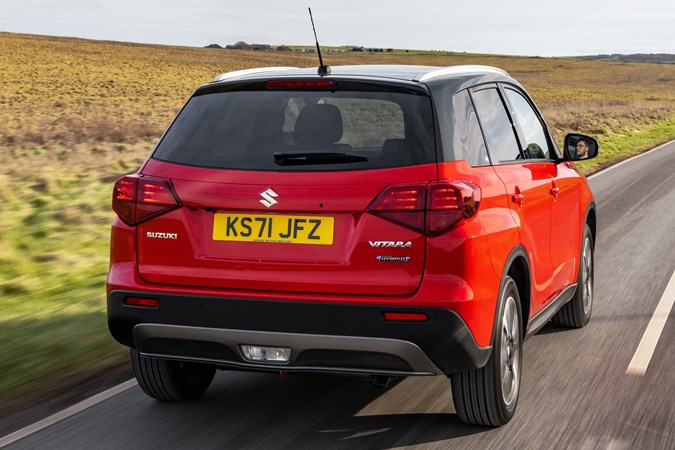
Worse still is the automated manual gearbox, which clunks through changes and is very sluggish to respond.
In fact, it’s so bad that we’d recommend you avoid the Vitara altogether if you need an SUV with an automatic gearbox. The Skoda Kamiq has a much smoother transmission – and rival hybrid systems in the Toyota Yaris Cross and Kia Niro are more pleasant to drive and more efficient.
What’s it like to drive?
- Light weight means fun handling
- Vitara rides quite well
- Four-wheel drive means additional security
It’s no hot hatchback, but Suzuki knows how to make a neat-handling car and the Vitara doesn’t disappoint in this respect. The suspension is relatively unstressed as it doesn’t have much weight to handle, so while the Vitara has a firm edge over sharp bumps it deals with bigger crests and compressions pleasantly.
There’s little in the way of body roll and the steering is light, if not as precise as some rivals such as the Puma and Kamiq. Even so, it feels more nimble than plenty of rivals, although the Ford Puma still rules the roost in the small SUV class.
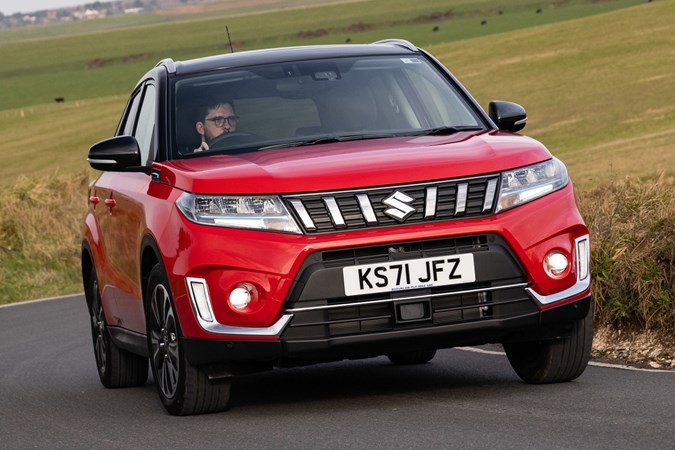
Traction is good in Allgrip four-wheel drive models which push power from the front wheels to the rear when it detects slip at the front. There’s also a Sport mode, which sharpens the throttle response and backs off the steering assistance.
Snow mode uses four-wheel drive by default and is perfect for low-friction surfaces, as is Lock mode which is designed to extract you from any sticky situation (sand, mud or snow for example).



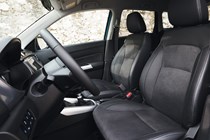
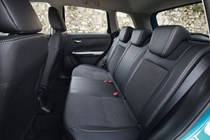
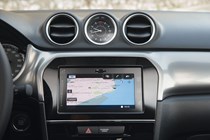
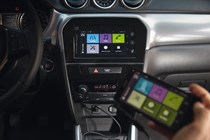
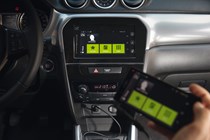
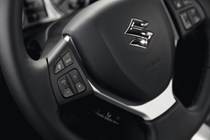
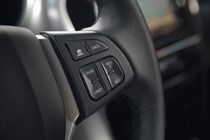
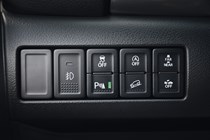
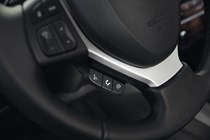
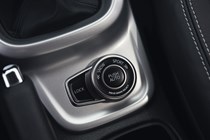
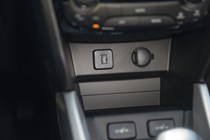
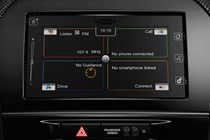
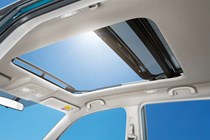
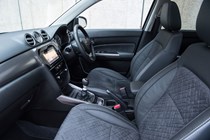
.jpg)
.jpg)
.jpg)
.jpg)
.jpg)
.jpg)
.jpg)
.jpg)
.jpg)
.jpg)
.jpg)
.jpg)
.jpg)
.jpg)
.jpg)
.jpg)
.jpg)
.jpg)

.jpg)
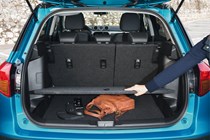
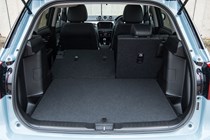
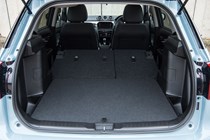















.jpg?quality=50)
.jpg?quality=50)
.jpg?quality=50)
.jpg?quality=50)
.jpg?quality=50)
.jpg?quality=50)
.jpg?quality=50)
.jpg?quality=50)
.jpg?quality=50)
.jpg?quality=50)
.jpg?quality=50)
.jpg?quality=50)
.jpg?quality=50)
.jpg?quality=50)
.jpg?quality=50)
.jpg?quality=50)
.jpg?quality=50)
.jpg?quality=50)

.jpg?quality=50)


